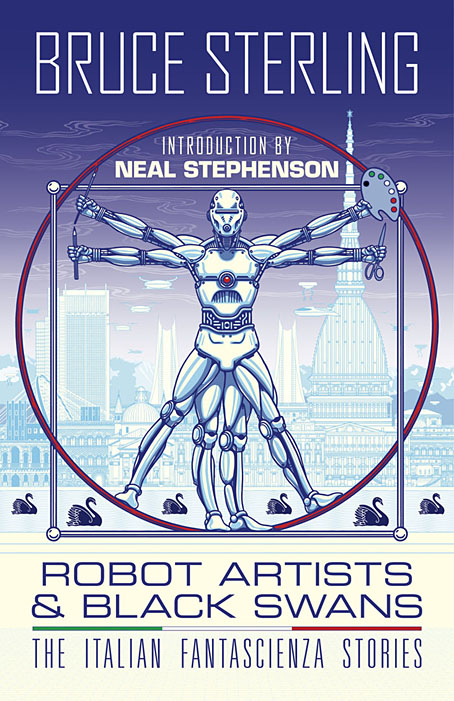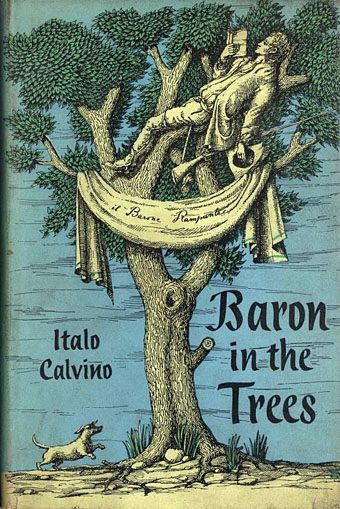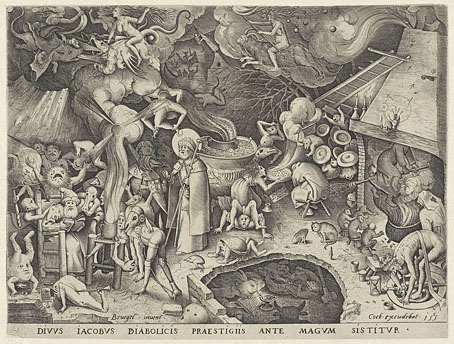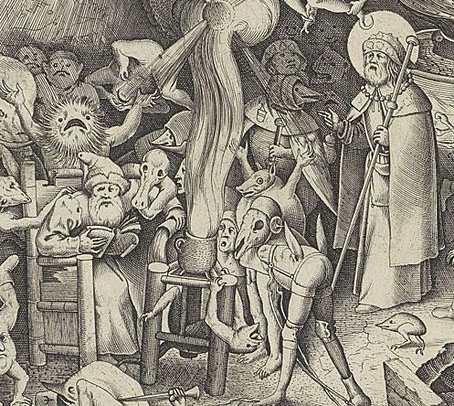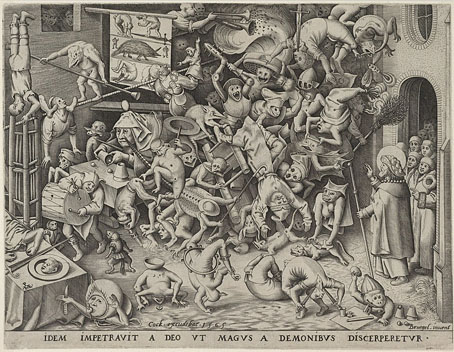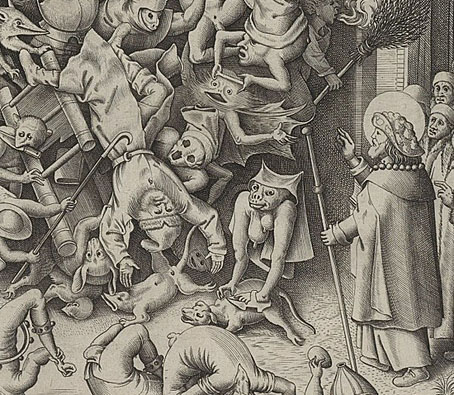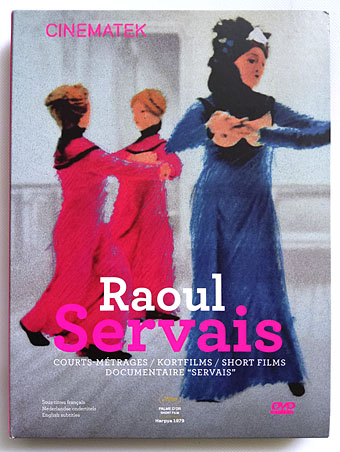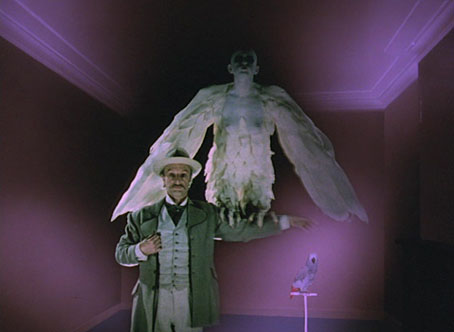Book by HV Morton (1926) not included.
I like night music, any kind of night music, whether it be the shimmering sonorities of Béla Bartók and George Crumb, Julee Cruise exploring the dark, or the rumbling atmospheres of Thomas Köner. Phantom Cities by The Sodality of the Shadows is night music of another kind, more musically determined than the numerous purveyors of post-Köner dark ambience, with a character defined by weird fiction. The latter quality is perhaps inevitable given the people who comprise the group: Ray Russell and Rosalie Parker have been running Tartarus Press for the past 30 years; Mark Valentine is an author and editor (and occasional publisher) of many story collections, and Jon Mueller’s name has appeared here in the past via the soundtrack CD for the Swan River Press edition of The House on the Borderland that I illustrated. Phantom Cities sidesteps Robbe-Grillet’s Topology of a Phantom City for an older lineage, looking back to Arthur Machen (the group’s name is borrowed from a secret society formed by Machen and AE Waite) and the spectral metropolis of pre-war London photographed by Harold Burdekin in London Night (1934). The music is slow, sombre and reverberant; guitars pluck notes from the embracing dark while Mueller’s drums maintain a funereal pace; sporadic squalls of feedback suggest a deeper darkness, the latent possibilities of unpeopled streets. Mark Valentine had an earlier musical persona as The Mystic Umbrellas but his contribution here is textual accompaniment in the form of 12 fictional pieces, some of which are read by Rosalie Parker over and between the music. This isn’t a collection of readings, however, the album may be taken either as illustration of Burdekin’s photos and the texts or as a work that stands alone. A soundtrack for the longer nights of encroaching autumn.
• Phantom Cities
• Strange Houses Of Sleep
Previously on { feuilleton }
• The Smoke
• Two albums
• Thomas Köner


